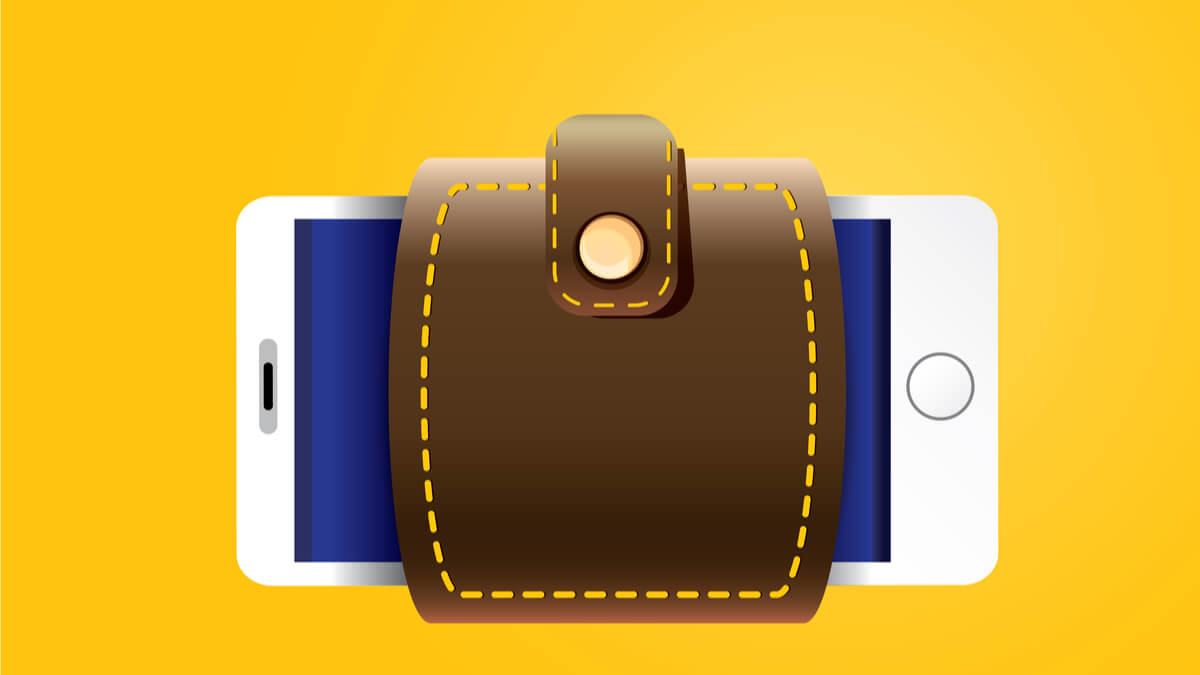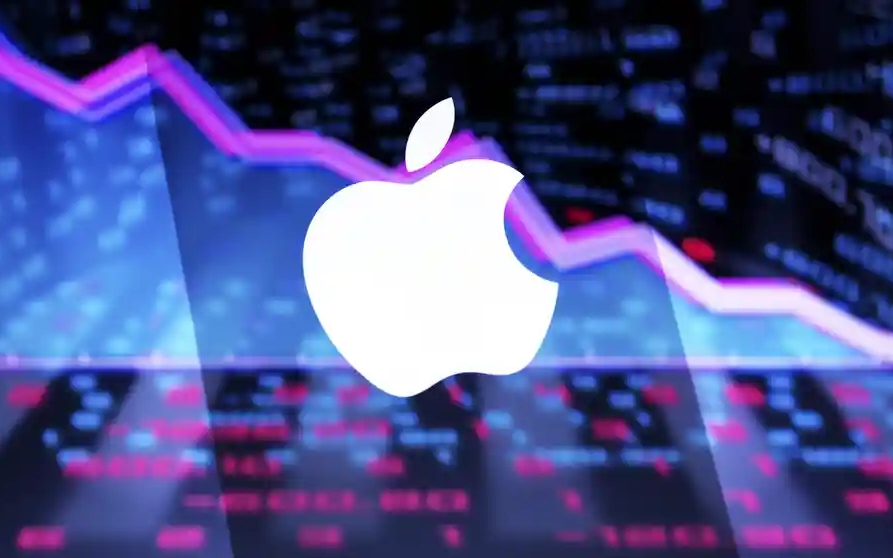What is the future with e-wallets?
The financial world is full of confusing terms but sometimes, funnily enough, you stumble across a word or phrase that almost defines itself – like a digital wallet. In simple terms, an e-wallet is an online account used to pay for popular online transactions, with the feature of online payment of current popular bills and services such as electricity and water bill payment. , transfer money via phone number, etc. quickly, conveniently and economically. To use an e-wallet, you must link the wallet with a bank account, then top up and make payment for transactions.

Digital wallets are increasingly becoming a central component to the way we pay and transfer money – so what technologies are driving them and what can we expect to see in the coming years? Photo: @AFP.
But e-wallets do more than just pay bills. As their name suggests, they can hold anything a traditional wallet can handle – from paying for vacations, to buying movie tickets. The exponential growth of this technology in recent years has allowed consumers to leave their messy leather wallets at home, speeding up cashless payments.
As digital wallets become more integrated into smart devices, companies like Apple, Samsung and Google – which provide the operating systems for those devices – have become one of the biggest players in wallets. electronic. Retailers like Alibaba and Walmart have also joined while payment platforms like Paypal, Venmo and Cash App offer e-wallets to their customers, which have also grown into a number of financial businesses. largest in the world.
What technologies are driving e-wallets?
The e-wallet starts with a digital core, which can be seen as the building block for digital transformation in the banking sector. In essence, the phrase ‘digital core’ refers to the platforms and applications that an organization uses to transform itself into a digital business. From there, they can leverage APIs (Application Programming Interfaces) defined as an open application programming interface to integrate with e-wallets and payment platforms, allowing them to deliver end-to-end benefits. for consumers.

The cashless payment trend has received a positive response from the community because of its speed, convenience and safety. Therefore, people are gradually turning to alternative products, the most popular being e-wallets. Photo: @AFP.
“With these technologies, the world’s leading developers can create services and applications that communicate and integrate in a simpler way,” said John Mitchell, co-founder and CEO of Episode Six. It is these technologies that are driving change in the market and creating solutions for more customer-friendly applications.
“While open APIs are helping to drive innovation today, we can expect to see more from smart ledgers and wallet management systems in the future.”
“The smart ledger, or blockchain, will transform the way any institutional person handles and operates their digital wallet platform. By providing a way to record, store, and transfer assets. alternative digital, smart ledger will introduce a whole new world to digital wallets.Combine this with easily adaptable, accessible API wallet management systems, customers will experience experience a better integrated digital payments model all in a single platform,” said John Mitchell.
What is the future for e-wallets?
According to UK-based Juniper Research, the number of e-wallet users is predicted to grow from 2.6 billion to 4.4 billion by 2025. Markets like the UK and US will lag behind China China and India in terms of e-wallet adoption, along with China and India are expected to account for nearly 70% of e-wallet transactions.
John Mitchell from payment technology provider Episode Six continued: “E-wallets have been most successful in regions where card penetration is low but mobile usage is high. In regions Like Southeast Asia, consumers have gone straight from cash to mobile wallets, and e-wallet providers have performed well as a result.”
at Blogtuan.info – Source: danviet.vn – Read the original article here



